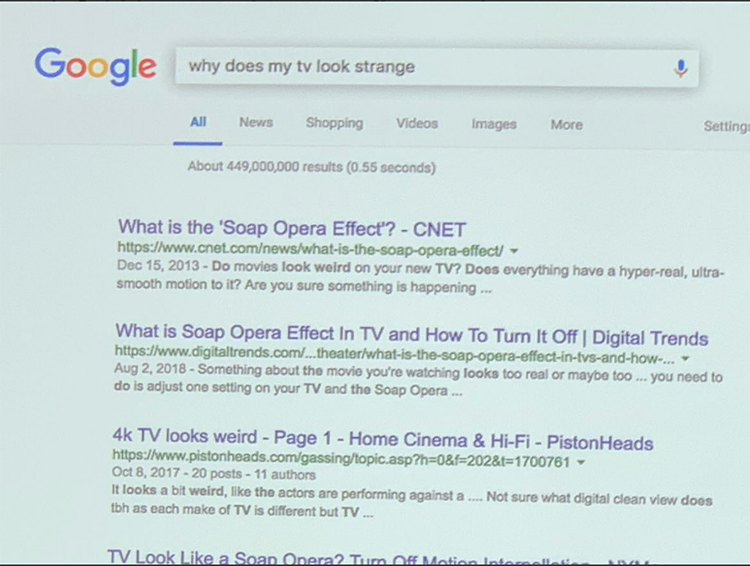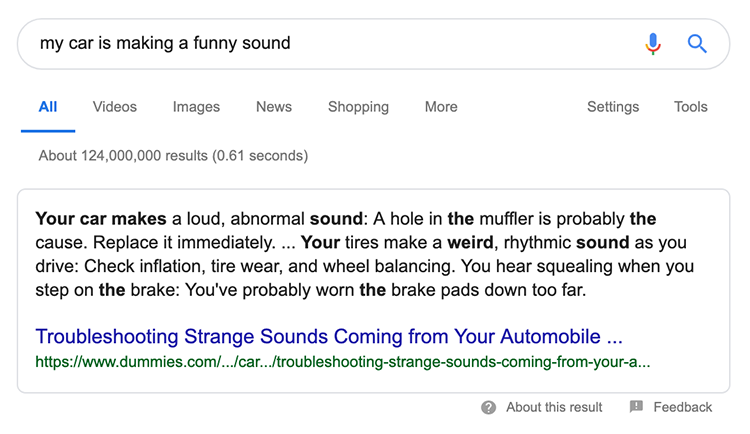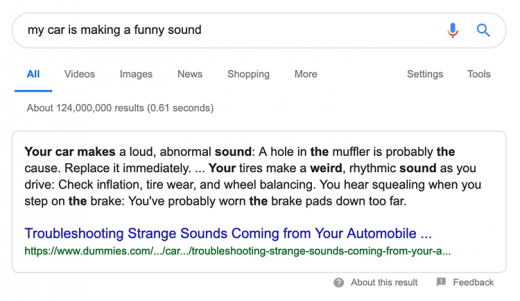Google’s Neural Matching: Why It Matters and How to Optimize For It
— June 20, 2019
Last September, Google’s Danny Sullivan told us the search giant had started using a new AI technology called neural matching to connect search terms with concepts. At the time, Sullivan said neural matching was impacting 30% of all search queries – so who knows how much this has increased since then.
Last few months, Google has been using neural matching, –AI method to better connect words to concepts. Super synonyms, in a way, and impacting 30% of queries. Don’t know what “soap opera effect” is to search for it? We can better figure it out. pic.twitter.com/Qrwp5hKFNz
— Danny Sullivan (@dannysullivan) September 24, 2018
Neural matching is clearly playing a crucial role in where Google is heading and this means marketers need to get familiar with the technology and its implementation.
What is Google’s neural matching algorithm?
In many cases when people turn to Google Search, the query they type in doesn’t match the keywords of the content they’re looking for. This is particularly common when there’s a technical issue with devices and software or when people are trying to diagnose a medical condition.
People don’t automatically know the name of every condition; instead, they type in the symptoms. Or when something seems weird about their TV, but they’re not sure exactly what, Google has to try and match queries like “why does my tv look strange” to an issue known as the “soap opera effect”.

Matching such a vague search query to a very specific technical issue is a real breakthrough for Google and shows how effective its AI technology is becoming.
How is Google doing this?
Our guess is that Google is looking at engagement metrics for vague, ambiguous and keyword-less search queries on a mass scale. When millions of people search “why does my tv look strange”, Google can pinpoint the right topic by ruling out content that consistently gets fast bounces for that search term, suggesting it doesn’t cover the right topic.
Pages that do cover the right topic will keep people engaged with the content and on the pages for longer.
There’s probably a lot more to it than that but the key thing to understand about neural matching is that Google is using it to match topics/concepts to search terms.
How is Google’s neural matching different from RankBrain?
Unfortunately, a lot of people writing about neural matching right now aren’t explaining what it does very concisely and this is leading to some confusion. We’re seeing a lot of questions asking how neural matching is different from RankBrain – another AI technology Google rolled out in 2016.
Well, Google has a pretty good explanation of this:
RankBrain is an AI-based system Google began using in 2016 to understand how pages are related to concepts. It means we can better return relevant pages even if they don’t contain the exact words used in a search, by understanding the page is related to other words & concepts…
— Google SearchLiaison (@searchliaison) March 21, 2019
How to optimise for neural matching
Most of the content we’ve seen covering neural matching over the past six months or so says there’s no way to optimise for it. This is something Google is doing to improve the way it handles search queries and all you can do is create the best possible content – a sentiment echoed by Google itself.
But whilst there’s not much you can do to optimise for neural matching on a technical level, there are plenty of things you can do on a strategic level.
1. Look beyond keywords
Neural matching exists because a lot of searches (at least 30%) don’t match the keywords used in the content people are looking for. Most people don’t know what “the soap opera effect” is and optimising for this keyword is going to have limited results. However, optimising for this topic is going to get results with neural matching, regardless of which keywords you optimise for.
The challenge for marketers is to pinpoint the topics their target audiences are searching for when the obvious keywords aren’t there. If you’re only using keyword tools to pick your content marketing topics, you’re probably missing out on a lot of potential traffic.
So how do you pinpoint those topics?
2. Focus on the problems your target audiences face
Based on the information Google has given us about neural matching over the past nine months, it appears to be most active when users have a problem they don’t know how to describe. They’re typing in medical symptoms instead of specific conditions. They’re describing the sound their car is making rather than typing in the name of specific problems. Or they’re using incredibly vague search terms like “why does my tv look strange”.
To capture these opportunities, you need to know what problems your target audiences are facing. You also need to pinpoint what information is going to solve their problem, help them accomplish tasks and make decisions.
3. Create the best content for each topic
Increasingly, Google Search is becoming an environment where one piece of content wins the race. This is a symptom of the mobile age and new search technologies such as featured snippets. When Google says you should focus on creating great content, it really means you need to be creating the best content for any given keyword/topic these days.

With neural matching, the focus is on topics rather than keywords but the same rules apply when it comes to making your content visible on Google Search. Featured snippets are particularly common for symptom-orientated searches and this means there’s often only one spot up for grabs – especially on mobile.
If neural matching was affecting 30% of all searches in September last year, there’s every chance this number has increased. In 2015, Google said RankBrain was used for less than 15% of all queries, but a year later Danny Sullivan confirmed it was now being used for every query.
This is a healthy progression though. Google is becoming less dependent on keywords and getting better at matching content to search queries. This opens up a lot of new opportunities for marketers and actually makes the optimisation process slightly easier – as long as you’re able to pinpoint those opportunities, create the right kind of content and deliver it in the right place.
Digital & Social Articles on Business 2 Community
(50)


